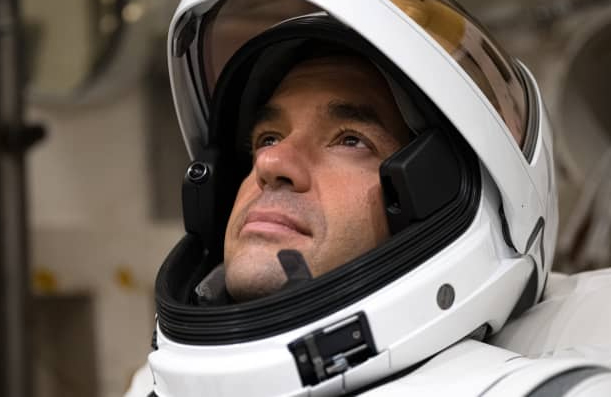America
After historic first spacewalk, billionaire entrepreneur bats for future commercial collaborations with governments

Florida [US], September 16 (ANI): Billionaire entrepreneur Jared Isaacman, who recently returned to Earth with his SpaceX crew after a historic five-day space mission, has highlighted the importance of collaboration with private entities to realise a future where tens of thousands of people--beyond government astronauts--will work in space across multiple space stations, lunar bases, and Mars outposts.
"Space belongs to everyone, and it's essential that both commercial and government efforts work together to make that future a reality," Isaacman said upon his return.
"By opening up new frontiers, we're building a future for all of humanity, not just a select few," said the entrepreneur, who commanded the mission dubbed 'Polaris Dawn'.
Isaacman, along with two SpaceX engineers--Sarah Gillis and Anna Menon--and former US Air Force pilot Scott "Kidd" Poteet, splashed down in the Gulf of Mexico near Florida's Dry Tortugas on Sunday.
The SpaceX Crew Dragon Capsule, named Resilience, carrying the four astronauts, launched into orbit on September 10, reaching a maximum altitude of 1,400.7 kilometres--the highest any crewed Earth-orbiting spacecraft has travelled since NASA's moon missions.
The five-day mission was groundbreaking, featuring the first private spacewalk. Resilience descended to a height of 730 kilometres, where Isaacman and Gillis stepped out into space. The crew wore specially designed spacesuits aimed at testing spacesuit technology for future Mars missions.
"It is critical for the commercial industry to have the tools and experience for spacewalk operations, and the suit we tested is just the first step in that journey," Isaacman tweeted.
SpaceX, owned by Elon Musk, views this exercise as a starting point for testing spacesuit technology for future, longer missions to Mars.
"We took our spaceship farther than any human has gone since the last Apollo mission over 50 years ago, and along the way, two of our crewmates became the women who have journeyed farthest from this planet. Now, if we have been there before, why is it significant?" Isaacman reflected in a post on X on Monday.
He explained that space travel requires immense energy and described the harsh environment, with "increased radiation, more micrometeoroid debris, and no nearby safe havens in case of trouble." Isaacman said the mission focused on studying "the radiation environment, gathering data on its impact on systems and human health, and exploring areas where we know less, to learn new problem-solving methods for future missions."
"We conducted an EVA (spacewalk) and tested a next-generation spacesuit. There have been over 300 spacewalks in the 60-year history of human spaceflight, the most famous being those of the Apollo moonwalkers. By any standard, what we did was basic in comparison. The difference is that those spacewalks were conducted by government agencies--NASA, ESA, Russian Cosmonauts, Chinese Taikonauts--with the full backing of their nations' resources," Isaacman said.
During their time in space, mission specialist Anna Menon read from orbit a children's book, Kisses from Space, which she co-authored, to her two children back on Earth. Meanwhile, Gillis, a classically trained violinist, recorded herself performing music from Star Wars on her violin.
Videos of the performance show captivating visuals of Gillis playing Rey's theme, composed by John Williams for Star Wars: The Force Awakens. Her violin performance was synchronised with videos of orchestras performing the piece across the world.
Speaking about Gillis's musical contribution, Isaacman said, "This wasn't about being the first at something, but about showing the world a different perspective through the power of music. To perhaps think a bit less about the differences that dominate daily discourse and a bit more about our shared humanity and what we can achieve through some measure of unity."
The SpaceX crew also tested a new laser-based satellite communication system using Starlink by making multiple calls to Earth and conducted nearly 40 scientific experiments, many of which focused on understanding how the human body is affected during long spaceflights. (ANI)



































